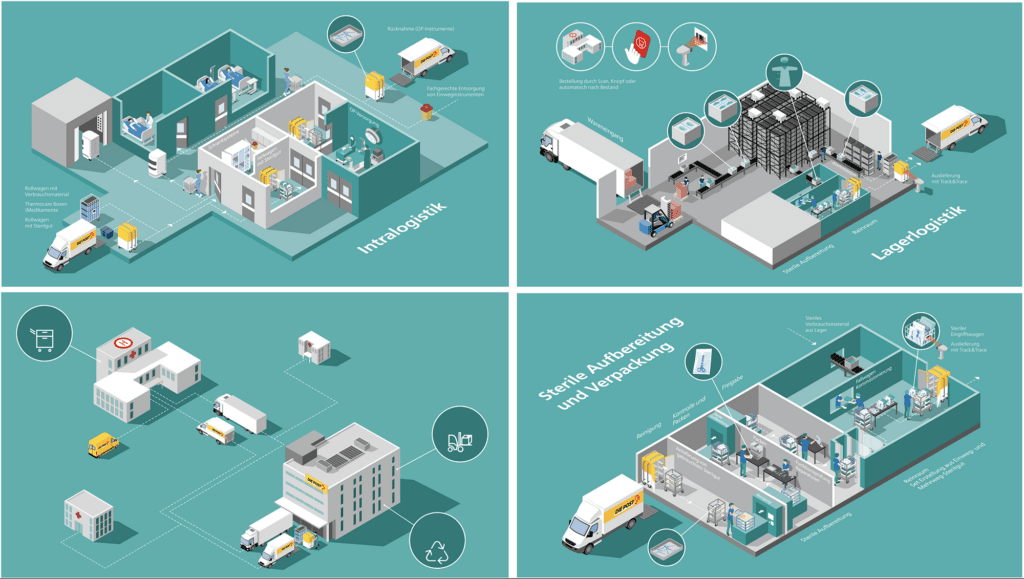USP Partner follows in the footsteps of founding father Roniger for Feldschlösschen
To mark the anniversary, Switzerland's largest brewery launched the "1876" beer as a tribute to its founding father, Theophil Roniger (1844 - 1913). The accompanying TV sport for the launch of the beer thereby traced the path of Theophil Roniger and his many years on the road, during which he learned his brewing craft and ultimately developed the founding recipe that gave the [...]
 To mark the anniversary, Switzerland's largest brewery launched the "1876" beer as a tribute to its founding father, Theophil Roniger (1844 - 1913). The accompanying TV sport for the launch of the beer thereby traced the path of Theophil Roniger and his many years on the road, where he learned his brewing craft and ultimately developed the founding recipe that laid the foundation for the establishment of the Feldschlösschen brewery and whose first recipe today serves as the basis for Feldschlösschen 1876.
USP Partner was commissioned by Feldschlösschen to bring the story of Theophil Roniger to life for the target group in a brand-appropriate and emotional way. Within the framework of various concept routes, one approach crystallized as particularly suitable: the staging of Theophil Roniger's wanderings within the framework of an Escape Room.
Three themed worlds full of puzzles
In addition to the development of the detailed concept, USP's conceptual work also included the development of a business case for the subsequent operation as well as the preliminary testing of feasibility/implementability at various locations and with various operating scenarios. The Escape Room was finally realized in the "Brauwelt" of Feldschlösschen, in the newly created visitor center at the Feldschlösschen headquarters in Rheinfelden. The Escape Room thus adds a new and innovative highlight to the already attractive Brauwelt, where visitors can follow in the footsteps of Theophil Roniger on his wanderings and experience his journey first-hand. Just as the founder had to overcome various challenges on his wanderings, visitors to the Escape Room have to solve various puzzles in order to make their way through the three elaborately staged theme worlds. The theme worlds trace the various stages of Theophil Roniger's wanderings, and the puzzles are also thematically coordinated with the story to ensure brand-appropriate storytelling with plenty of content for a unique brand experience.
As part of the project planning, USP brought two strong partners on board for the realization: Stammkraft realized the construction of the rooms on behalf of USP, true to the concept and with great attention to detail, Sherlock GmbH as developer and operator of its own Escape Rooms in the Basel area supported USP with the entire puzzle development and construction. USP as a full service agency had the overall responsibility for the project and was responsible for the overall project management from the concept to the handover of the keys and the final training of the game masters.
All information about the Escape Room and the booking can be found at the Webpage of the brewing world of Feldschlösschen.
To mark the anniversary, Switzerland's largest brewery launched the "1876" beer as a tribute to its founding father, Theophil Roniger (1844 - 1913). The accompanying TV sport for the launch of the beer thereby traced the path of Theophil Roniger and his many years on the road, where he learned his brewing craft and ultimately developed the founding recipe that laid the foundation for the establishment of the Feldschlösschen brewery and whose first recipe today serves as the basis for Feldschlösschen 1876.
USP Partner was commissioned by Feldschlösschen to bring the story of Theophil Roniger to life for the target group in a brand-appropriate and emotional way. Within the framework of various concept routes, one approach crystallized as particularly suitable: the staging of Theophil Roniger's wanderings within the framework of an Escape Room.
Three themed worlds full of puzzles
In addition to the development of the detailed concept, USP's conceptual work also included the development of a business case for the subsequent operation as well as the preliminary testing of feasibility/implementability at various locations and with various operating scenarios. The Escape Room was finally realized in the "Brauwelt" of Feldschlösschen, in the newly created visitor center at the Feldschlösschen headquarters in Rheinfelden. The Escape Room thus adds a new and innovative highlight to the already attractive Brauwelt, where visitors can follow in the footsteps of Theophil Roniger on his wanderings and experience his journey first-hand. Just as the founder had to overcome various challenges on his wanderings, visitors to the Escape Room have to solve various puzzles in order to make their way through the three elaborately staged theme worlds. The theme worlds trace the various stages of Theophil Roniger's wanderings, and the puzzles are also thematically coordinated with the story to ensure brand-appropriate storytelling with plenty of content for a unique brand experience.
As part of the project planning, USP brought two strong partners on board for the realization: Stammkraft realized the construction of the rooms on behalf of USP, true to the concept and with great attention to detail, Sherlock GmbH as developer and operator of its own Escape Rooms in the Basel area supported USP with the entire puzzle development and construction. USP as a full service agency had the overall responsibility for the project and was responsible for the overall project management from the concept to the handover of the keys and the final training of the game masters.
All information about the Escape Room and the booking can be found at the Webpage of the brewing world of Feldschlösschen.

Responsible on the customer side at Feldschlösschen Getränke AG: Jérôme Rueff (Brand Director), Astrid Roland (Marketing Manager), Dominique Herzog (Junior Brand Manager). Responsible on agency side: USP Partner AG (overall responsibility, concept and project management), Stammkraft(realization construction), Sherlock GmbH (puzzle development, puzzle construction).













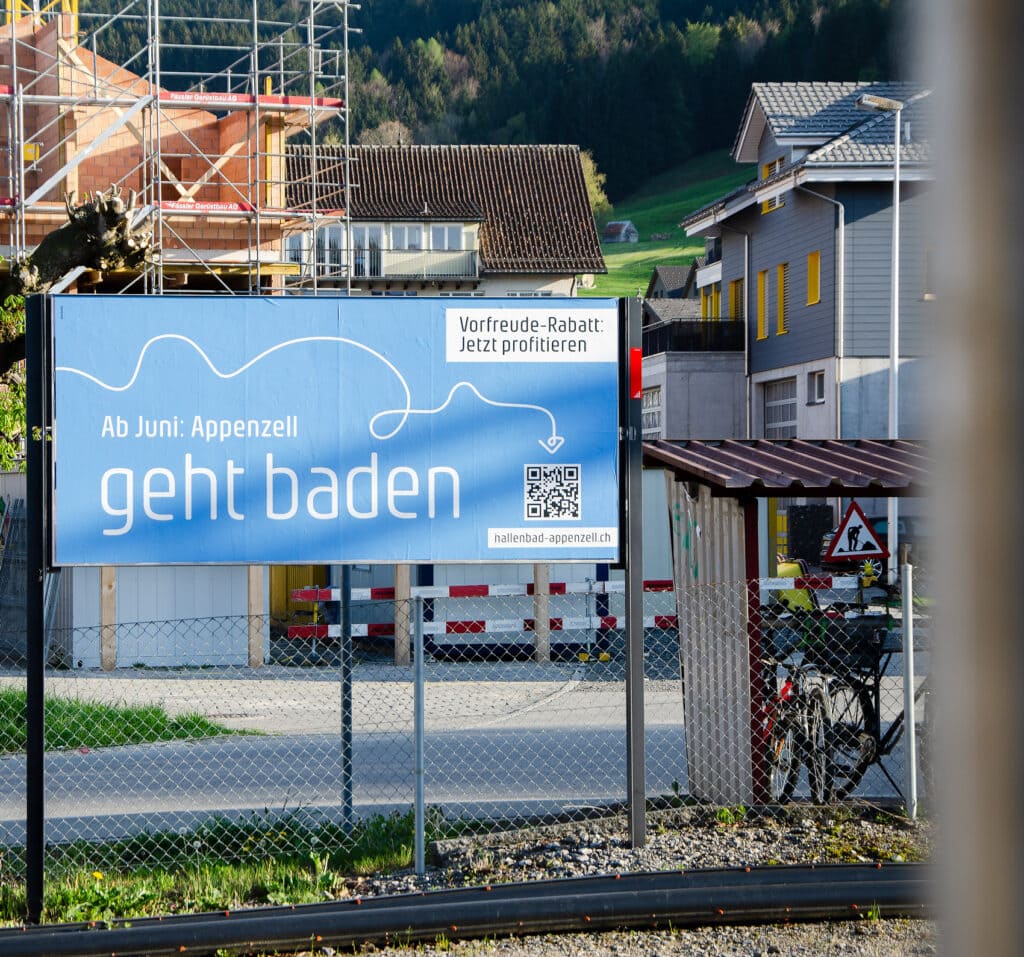



 The M-Check provides an orientation on the sustainability of all products of the approximately 250 private brands. On a scale of 1 to 5, analogous to a hotel rating, the products are checked and evaluated for various sustainability criteria. With its transparency, the M-Check gives Migros customers the opportunity to make their purchases more sustainable. In addition to the rating for animal welfare and climate compatibility, the M-Check for packaging is now being launched.
How environmentally friendly packaging performs in the M-Check is assessed on the basis of the factors packaging intensity (material & weight) and the packaging cycle (proportion of recycled material & recycling after use). The detailed assessment criteria can be found online at
The M-Check provides an orientation on the sustainability of all products of the approximately 250 private brands. On a scale of 1 to 5, analogous to a hotel rating, the products are checked and evaluated for various sustainability criteria. With its transparency, the M-Check gives Migros customers the opportunity to make their purchases more sustainable. In addition to the rating for animal welfare and climate compatibility, the M-Check for packaging is now being launched.
How environmentally friendly packaging performs in the M-Check is assessed on the basis of the factors packaging intensity (material & weight) and the packaging cycle (proportion of recycled material & recycling after use). The detailed assessment criteria can be found online at 
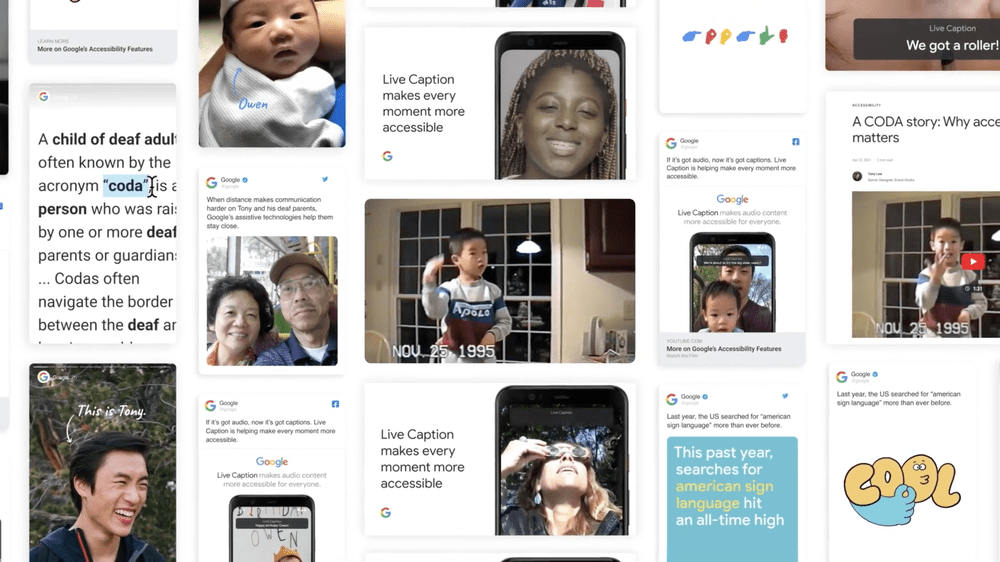 Google, as the first official Cannes Lions accessibility partner, is introducing a playbook for designing accessible marketing. This detailed guide is part of the enhanced marketing toolkit "
Google, as the first official Cannes Lions accessibility partner, is introducing a playbook for designing accessible marketing. This detailed guide is part of the enhanced marketing toolkit "
 Founded in 1890, Schwyzer Kantonalbank (SZKB) is the leading bank in the canton of Schwyz and, with over 600 employees, one of the largest employers in the region. In line with the strategy of Schwyzer Kantonalbank, its website was redesigned in a project phase lasting several months.
Founded in 1890, Schwyzer Kantonalbank (SZKB) is the leading bank in the canton of Schwyz and, with over 600 employees, one of the largest employers in the region. In line with the strategy of Schwyzer Kantonalbank, its website was redesigned in a project phase lasting several months. 

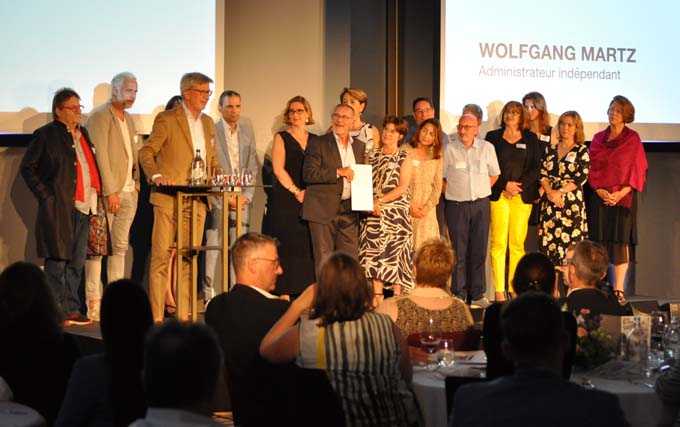
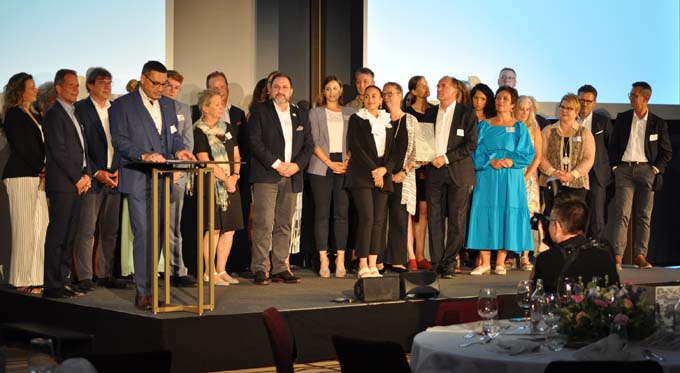
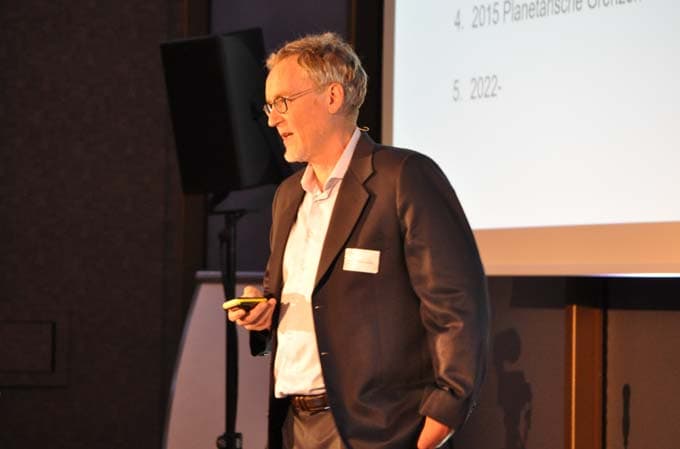
 For a short time now, Swiss Post has had its own communications presence for its two business units, Construction Logistics and Health Logistics. This is intended to help raise awareness of Swiss Post's services as a logistics partner in the construction and healthcare industries and bears the signature of the advertising agency KSP Krieg Schlupp Partner. The 360-degree appearance was strategically and creatively developed and accompanied by KSP.
The focus of the appearance is always on the most important benefit for the customers: Because thanks to the logistics partner Swiss Post, they can focus fully on their core business. Based on this insight, KSP has derived the central promise: "You focus on your construction project (or on your patients), Swiss Post on your logistics". In the awareness area, this is visually underpinned in a memorable way by the key visual "Focus Frame", which also links all the industry presentations. In the consideration area, the appearance is complemented by multi-layered illustrations that present the complex processes in a fresh, entertaining and clear way.
For a short time now, Swiss Post has had its own communications presence for its two business units, Construction Logistics and Health Logistics. This is intended to help raise awareness of Swiss Post's services as a logistics partner in the construction and healthcare industries and bears the signature of the advertising agency KSP Krieg Schlupp Partner. The 360-degree appearance was strategically and creatively developed and accompanied by KSP.
The focus of the appearance is always on the most important benefit for the customers: Because thanks to the logistics partner Swiss Post, they can focus fully on their core business. Based on this insight, KSP has derived the central promise: "You focus on your construction project (or on your patients), Swiss Post on your logistics". In the awareness area, this is visually underpinned in a memorable way by the key visual "Focus Frame", which also links all the industry presentations. In the consideration area, the appearance is complemented by multi-layered illustrations that present the complex processes in a fresh, entertaining and clear way.







